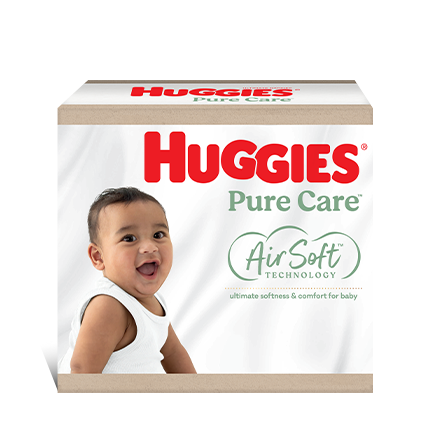It can be hard during pregnancy to imagine the day when it will end and there's a baby to hold. This is especially true when pregnancy is uncomfortable and far from being a joyful time. Many women find pregnancy challenging, the changes to their body difficult to cope with and they long for the day their baby is born and they can have their body back.
It'll all be better soon
Unfortunately, not all pregnancy related discomforts disappear once the baby arrives. Around 30-50% of women who have a vaginal birth will have permanent changes to their pelvic floor. The influence of pregnancy hormones, increased weight and changes to the ligaments and muscles in a woman's body can all mean there's work to be done to restore strength and tone.
The pelvic floor, quite literally, does most of the heavy lifting when it comes to supporting the baby. This means the organs supported by the sling of muscles sitting in the mother's pelvis can change from their usual position if the muscles don t hold them up and tight. The bladder, bowel and uterus can shift, causing changes in their function.
Forceps delivery or assisted birth, or having a large baby e.g., >4 kgs and/or a long second (pushing) stage of labour can also increase the risk of pelvic floor problems.
And although some women seem to bounce back in weeks, most women take up to six months or more to feel their body is getting back to what it once was. Many need to do exercises for a weak bladder by doing daily pelvic floor exercises.
Oh, I've gotta go, now!
The Internal Sphincter is a small opening at the base of the bladder which works like a valve. The urethra lets wee pass from the bladder out of the body. There are two urethral sphincters and their role is to control and release wee from the bladder. Having an overactive bladder, spasms and bladder irritation can all affect how well the urethra and the sphincters work in holding wee inside the bladder. Women who are having their first baby, who've had a long labour or who already have weak pelvic floor muscles are more likely to have incontinence. This is why it's not uncommon for women who've had a baby to say, in the middle of a laughing session please stop making me laugh, I m peeing in my pants .
5 top truths about the post pregnancy body
- If you had problems holding onto wee when you were pregnant, you're likely to have the same problems after birth.
- Your tummy will not return to its pre-pregnancy shape for at least a few months. You may even look like you're still pregnant for a few weeks.
- It may be hard to know when your bladder is full and you need to go to the toilet. On average, the bladder should be able to hold at least 300 mls of wee before needing to be emptied. Urgency in racing to the toilet is common.
- It can be hard to control wind after birth. Some women also have problems controlling their bowel motions (poo).
- It can take months before feeling interested in having sex. Tiredness, hormonal changes, soreness from childbirth can all take their toll.
Change my baby, change me!
One in three women who have had a baby will wet themselves. And for many, this is not a simple issue which will go away with time. Pregnancy itself can cause pelvic floor problems and with a vaginal birth, there's additional stretching of the muscles as the baby is born. Even women who've had a caesarean section can experience bladder leakage.
What can help my pelvic floor come back?
Just like any other type of exercise, it takes time and repetition to feel the results. You may not sense you're getting anywhere for the first month or so, but generally women find their pelvic floor strength and tone improves after six to eight weeks of repeated practice.
- Avoid straining and pushing when you go to the toilet. Focus instead, on relaxing and letting your pelvic floor muscles relax. Practicing good bladder habits can make a big difference.
- Avoid heavy lifting if you've got a weak pelvic floor.
- Don t sit for long periods on the toilet. Empty your bladder and/or bowel and then get up.
- Avoid constipation by eating a diet high in fibre. In the early weeks after having your baby you may need to take a stool softener. Speak with your maternity care provider and/or pharmacist about what's safe to take when breastfeeding.
- Try to squeeze, hold and lift your pelvic floor muscles when you're about to cough, sneeze or laugh.
- Cross your legs and squeeze when you're about to sneeze or cough.
- Avoid doing repetitive, bouncing exercises like running, trampolining or aerobics.
For more information check:
https://www.poise.com.au/female-incontinence/pregnancy
Written for Poise by Jane Barry, Midwife and Child Health Nurse 03/06/2021
Whilst you are training your pelvic floor POISE can help keep you comfortable and dry and protected from leaks.
Get a free sample here.
Last Published* May, 2024
*Please note that the published date may not be the same as the date that the content was created and that information above may have changed since.





















